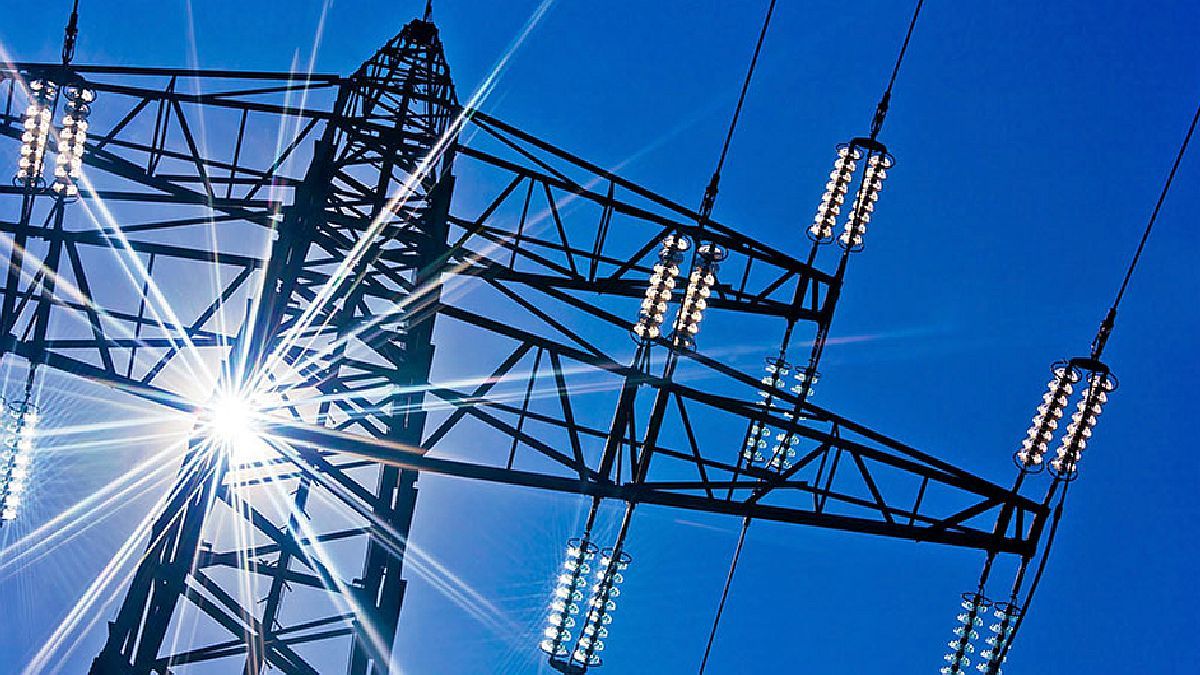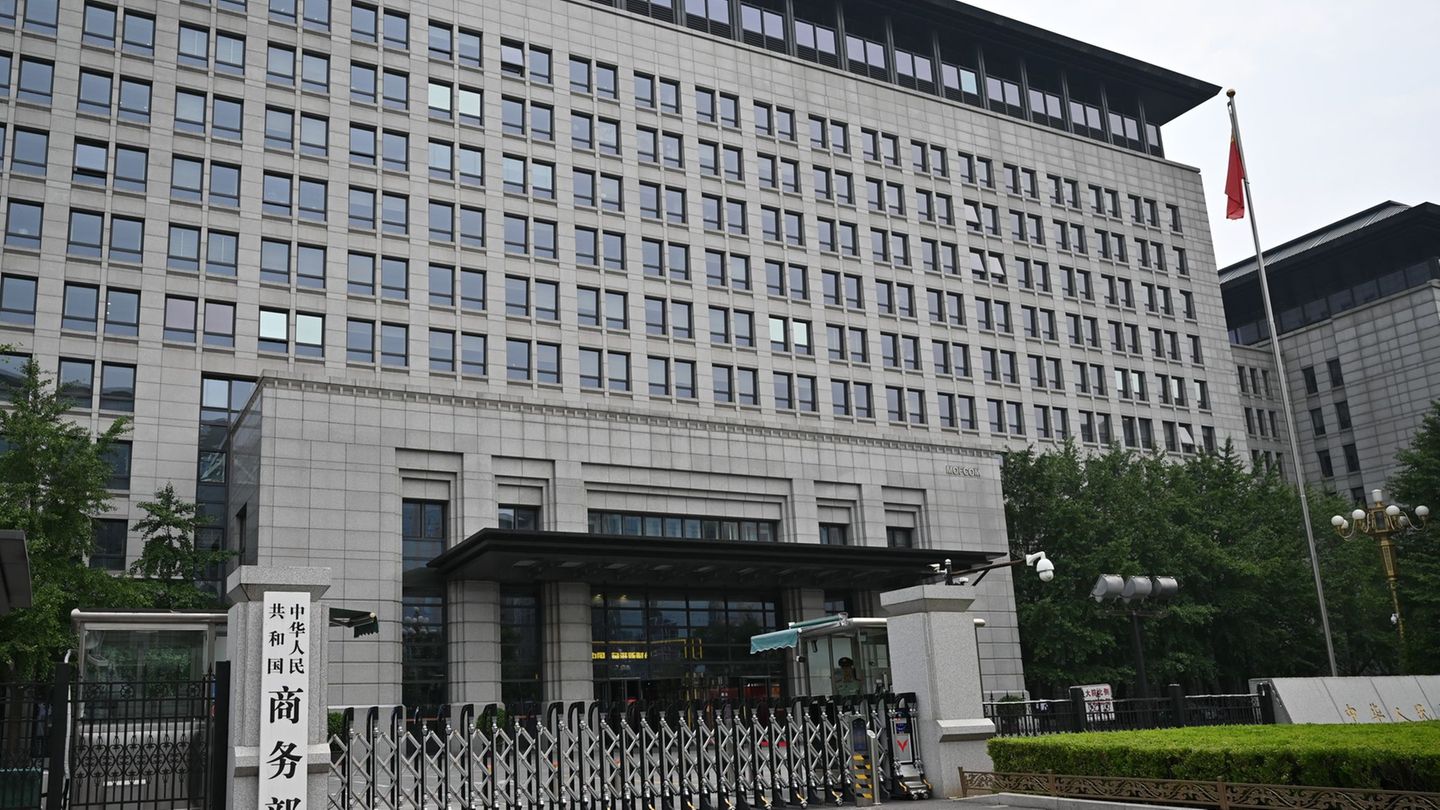The Energy inflation, in 16 countries in Latin America and the Caribbean, registered an increase of 0.58% monthly last March and a variation year-on-year of 1.96%, According to a survey carried out by the Latin American Energy Organization (OLADE). The indicator showed a general tendency for the cost of energy to be coupled to the general price index.
The information was presented in Ecuador, virtually, by the secretary of OLADE, Andrés Rebolledo, who raised the advantages it has the region in terms of diversification of sources and self-sufficiency, which preserve it from global geopolitical movements, above Europe.
The new energy inflation index expresses the situation of the 95% of the regional Gross Domestic Product (GDPr), although not all states that participate in OLADE are represented (27).
Compared to overall inflation in the region, energy prices rose less. He Total CPI for the region in March compared to a year ago was 3.31%. But OLADE clarifies that such decoupling occurs because energy has a 10% impact on the composition of general inflation.
OLADE.png
The indicator is assembled based on to the data of the official statistical organizations of each country and have a weight of 75% of fuels that are used at home and for transportation, while 25% is the cost of electricity. These are consumer prices regardless of the subsidies that each country applies at a given time.
In the case of Argentinaafter After 7 years of fuel prices at values of around 30 cents per liter of gasoline, the government of Javier Milei allowed a dramatic balance to values of approximately US$1.2.
Rebolledo highlighted that elements such as coronavirus pandemic “had a relevant impact in Latin America” and after that “subsidies began to be eliminated,” which explains the rise in inflation after this health crisis.
In this framework, the secretary of OLADE indicated that Russia’s war against Ukraine affected the OECD countries much more than the Latin American ones, because in the club of developed countries there are 27 European states that depend on the gas that Vladimir Putin provided them.
“Latin America in the last two years has been more resilient with respect to final consumer prices in relation to OECD countries,” explained Rebolledo, who recalled that at the outbreak of the crisis the price of gas in Europe had risen up to 400%.
The manager highlighted that in In the region, 65% of the energy is from clean sourcesas in the case of hydroelectric sources, in addition to the fact that there is a tendency among governments to achieve greater self-sufficiency margins.
To calculate the LAC regional EI, the IPCE of 16 countries whose information disaggregated by product was available until the date of this event was calculated. This group of countries represents 95% of the region’s nominal GDP and 92% of its population. The countries analyzed are: Argentina, Bolivia, Brazil, Chile, Colombia, Costa Rica, Ecuador, Guatemala, Honduras, Jamaica, Mexico, Peru, Dominican Republic, Trinidad & Tobago, Uruguay and Venezuela.
light-rates-energy

freepik.es
Argentina and the risk of subsidies growing again
The official decision to postpone the gas and electricity rate increases corresponding to May and the months of the winter period could bring about a resurgence of subsidies to the energy sector, that in April they gave a warning notice with an increase of no less than 463.7%, according to data provided by the Argentine Association of Budget and Public Financial Administration (ASAP).
This increase had an impact on economic subsidies in general that last month recorded the first real increase of the year, with a year-on-year growth of 15.7% adjusted for inflation and 350.5% in nominal terms.
ASAP specified that this increase “was supported mainly by the higher subsidies assigned to the energy sector,” unlike previous months, in which the sector had given up the lead to transfers to Transportation.
Unlike the first quarter, in which energy subsidies had a considerable real drop of 67%, in April they showed a rebound of 44.8%, adjusting the quarterly interannual reduction to 31.7%.
Within the energy sector “significant variations were observed between the main recipients,” warned the entity chaired by Gonzalo Lecuona, since “while transfers to CAMMESA increased by 88.1% adjusted for inflation, those destined for ENARSA decreased by 44%. .8% and the rest of the transfers to the sector fell by 89.2%.”
Source: Ambito




